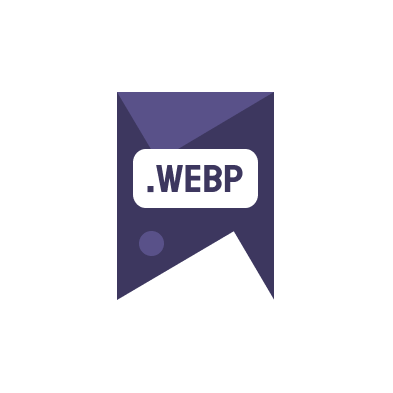Introduction to Lighter Images in SEO
It’s no secret that Google’s algorithms heavily favor websites that load quickly and efficiently. One of the most effective ways to boost your site’s performance is by optimizing your images. In this article, we will explore why lighter images SEO is essential and how it can significantly enhance your search engine optimization efforts.
The use of lighter images not only improves page load times but also enhances user experience, leading to better engagement and potentially higher search engine rankings. We will delve into practical steps you can take to optimize your images for better SEO results.
Why Google Values Lighter Images
Google’s ranking algorithms prioritize user experience, and fast-loading websites directly contribute to a positive user experience. Websites that load quicker typically have lower bounce rates and higher engagement metrics, which are critical factors in SEO rankings. Lighter images SEO plays a pivotal role in achieving these faster load times.
Another reason Google rewards sites with lighter images is the impact on mobile browsing. With the increasing prevalence of mobile internet usage, optimizing images for fast loading on mobile devices is crucial. Lighter images consume less data, which is particularly important in regions with slower internet connections or data caps.
How to Optimize Images for SEO
Optimizing your images involves several steps that can significantly contribute to your website’s overall SEO strategy:
- Convert images to more efficient formats like WebP. Websites like ConverterWebP allow you to easily convert your images to WebP format, which is known for providing high-quality images at significantly reduced file sizes.
- Resize images to appropriate dimensions. Larger images take longer to load, and often, websites display images far larger than necessary. Ensure your images are no larger than they need to be for their intended use on your site.
- Compress images to reduce file size without losing quality. Tools and software are available that can minimize the file size of an image while maintaining its visual integrity.
- Use descriptive, keyword-rich file names and alt text. This not only helps with ‘image search’ SEO but also improves accessibility.
By following these steps, you can ensure that your images are optimized both for speed and SEO.
Case Studies and Examples
Many leading websites have seen significant improvements in their SEO rankings and user engagement by implementing lighter images. For instance, a major e-commerce site reduced its image sizes by 30% and saw a 10% increase in customer engagement and a noticeable improvement in page load times.
Google’s own documentation on the WebP format provides insights into how significant these improvements can be, citing case studies where switching to lighter image formats like WebP not only improved loading times but also reduced bandwidth consumption substantially.
Conclusion
Incorporating lighter images into your website design is not just a technical SEO tactic; it’s a strategic approach that enhances overall user satisfaction and engagement. As Google continues to refine its algorithms, the importance of optimized, high-quality, and light images will only grow.
To start optimizing your images for better SEO, consider converting your existing images to WebP using tools like ConverterWebP and by implementing the best practices discussed in this article. The lighter images SEO approach will significantly contribute to your website’s success in search engine rankings.

